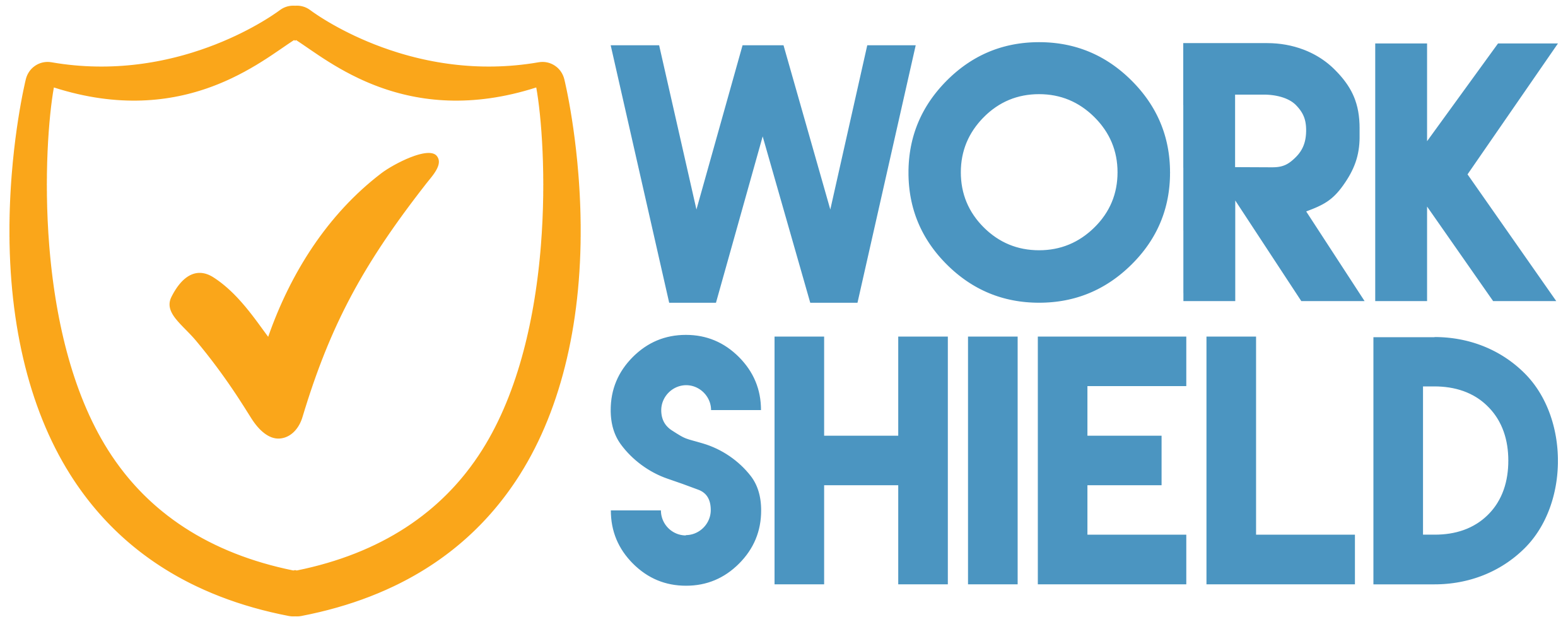Workplace misconduct is a pervasive problem that can wreak havoc on an organization’s bottom line. Whether it’s harassment, discrimination, sexual misconduct or other violations, misconduct can result in decreased productivity, negative publicity, high turnover rates and accelerated legal costs. In fact, according to a recent study by Gartner, workplace misconduct reporting rates have fallen by 5%, meaning compliance is learning about 30% fewer workplace misconduct incidents.
The impact of misconduct can be devastating, particularly if it escalates to the point an employee files a claim with the EEOC, which is why it’s critical for organizations to assess their risk and take proactive steps to mitigate it. In this blog post, we’ll explore how business leaders can determine whether their organization is prepared to adequately handle a misconduct claim and provide strategies for mitigating the risk of misconduct.
Because the cost of settling a claim can be upwards of $160,000, it’s crucial for organizations to be aware of the risk and take proactive steps to mitigate this risk. Let’s uncover some key steps employers can take to evaluate their organization’s readiness to survive a misconduct claim and prevent it from happening in the first place.
Evaluating Your Organization’s Readiness
Evaluating your organization’s readiness to survive a misconduct claim is a critical first step in preparing for the risk. Factors that contribute to an organization’s readiness include having effective misconduct management policies and procedures in place, providing regular training to employees and having a culture of accountability.
When it comes to misconduct management, employers should ensure their solution includes a safe reporting platform for employees to report incidents as well as consistent and efficient third-party investigations and resolutions. Employers can also use a checklist to evaluate their readiness and identify areas for improvement.
Employees Need a Safe Space to Be Heard
When workplace misconduct occurs, employees need psychological safety to report the incident without fear of retaliation. A successful reporting platform should provide multiple channels to report an incident. Such reporting channels may include options for employees to report their incidents through a call center, online via a secure platform or to a manager via a proxy submission.
Anonymous reporting should also be made available to those who may fear retaliation in response to reporting the incident. At Work Shield, we find that by offering multiple reporting options and combining human expertise with technology, most of our total reported incidents are actually made non-anonymously, which shows the level of trust and value our platform provides to organizations and employees.
Response Plan Should Include Thorough and Consistent Investigations and Resolutions
Once an employee has reported an incident, an objective investigation into the allegations should be conducted to ensure lack of bias and to mitigate retaliation. It is recommended to take this strategy out from under your own HR department and partner with a trusted third-party solution to conduct the most unbiased, thorough investigation.
Investigators should review the incident report and conduct impartial interviews of the involved parties and gather all the relevant facts in order to present resolution recommendations to business leaders upon conclusion of the investigation. The findings should be well documented within a centralized location, such as an incident management platform, and communications regarding the status of the investigation should be shared with all relevant parties throughout the investigation. With the right response plan in place, employers can mitigate the risk of employees going straight to the EEOC to file a claim because their voices were not heard.
Preventing Misconduct
Taking steps to prevent misconduct is a critical part of preparing for the risk. Best practices for preventing misconduct include having clear policies and procedures in place, providing regular training to employees and creating a culture of respect and accountability. Moreover, business leaders should implement a zero tolerance policy at all levels within the organization when it comes to misconduct of any kind.
A partnership with Work Shield also comes into play here, as our full-service misconduct platform is not only for managing misconduct after it occurs, but it also can be beneficial to understand how to prevent misconduct incidents in the first place. Through our real-time data analytics, employers can better prepare and make decisions to prevent unwanted behavior.
Misconduct in the workplace is a serious issue that can have devastating consequences for organizations. Employers should take proactive steps to evaluate their organization’s readiness, provide a safe reporting platform, develop a response plan, and take action to prevent misconduct. We understand that it can feel overwhelming and require ample resources, which is why we partner with organizations to offer a full-service misconduct solution that relieves the burden from HR departments and creates a level of trust among all employees. Learn more about the ROI of Work Shield today.





